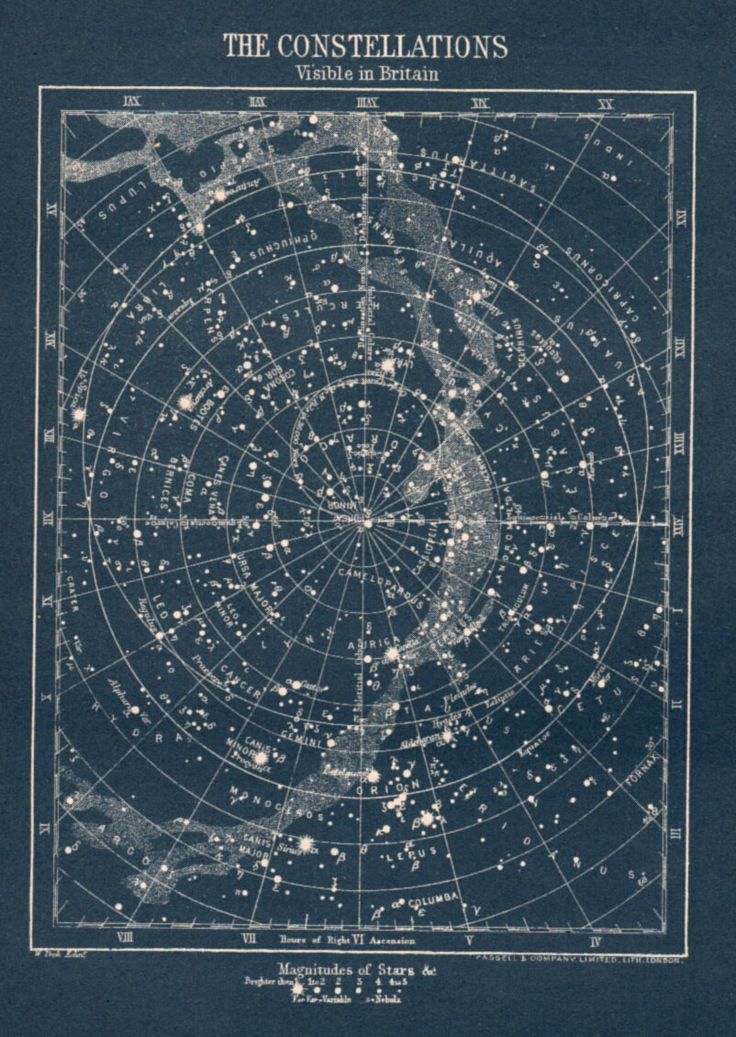Ann wrote: ↑Fri Apr 05, 2019 9:19 am
I get lost here.
As do I also, but that is due to the great compression of so much data onto such a small surface. Star brightnesses are also greatly compressed, so much so that not even the brightest constellations and asterisms are discernible.
But that's a small price to pay for what this represents.
The Space Telescope Science Institute (STScI) in Baltimore, Maryland, in conjunction with the University of Hawai'i Institute for Astronomy (IfA), is releasing the second edition of data from Pan-STARRS — the Panoramic Survey Telescope & Rapid Response System — the world's largest digital sky survey. This second release contains over 1.6 petabytes of data (a petabyte is 1015 bytes or one million gigabytes), making it the largest volume of astronomical information ever released. The amount of imaging data is equivalent to two billion selfies, or 30,000 times the total text content of Wikipedia. The catalog data is 15 times the volume of the Library of Congress.
The Pan-STARRS observatory consists of a 1.8-meter telescope equipped with a 1.4-billion-pixel digital camera, located at the summit of Haleakalā, on Maui. Conceived and developed by the IfA, it embarked on a digital survey of the sky in visible and near-infrared light in May 2010. Pan-STARRS was the first survey to observe the entire sky visible from Hawai'i multiple times in many colors of light. One of the survey's goals was to identify moving, transient, and variable objects, including asteroids that could potentially threaten the Earth. The survey took approximately four years to complete, scanning the sky 12 times in five filters. This second data release provides, for the first time, access to all of the individual exposures at each epoch of time. This will allow astronomers and public users of the archive to search the full survey for high-energy explosive events in the cosmos, discover moving objects in our own solar system, and explore the time domain of the universe.
Dr. Heather Flewelling, a researcher at the Institute for Astronomy in Hawai'i, and a key designer of the PS1 database, stated that “Pan-STARRS DR2 represents a vast quantity of astronomical data, with many great discoveries already unveiled. These discoveries just barely scratch the surface of what is possible, however, and the astronomy community will now be able to dig deep, mine the data, and find the astronomical treasures within that we have not even begun to imagine.”
“We put the universe in a box and everyone can take a peek,” said database engineer Conrad Holmberg.
The four years of data comprise 3 billion separate sources, including stars, galaxies, and various other objects. This research program was undertaken by the PS1 Science Consortium — a collaboration among 10 research institutions in four countries, with support from NASA and the National Science Foundation (NSF). Consortium observations for the sky survey were completed in April 2014. The initial Pan-STARRS public data release occurred in December 2016, but included only the combined data and not the individual exposures at each epoch of time.
“The Pan-STARRS1 Survey allows anyone access to millions of images and catalogs containing precision measurements of billions of stars, galaxies, and moving objects,” said Dr Ken Chambers, Director of the Pan-STARRS Observatories. “While searching for Near Earth Objects, Pan-STARRS has made many discoveries from ‘Oumuamua passing through our solar system to lonely planets between the stars; it has mapped the dust in three dimensions in our galaxy and found new streams of stars; and it has found new kinds of exploding stars and distant quasars in the early universe. We hope people will discover all kinds of things we missed in this incredibly large and rich dataset.”
Just as zero is not equal to infinity, everything coming from nothing is illogical.
 Pan-STARRS Across the Sky
Pan-STARRS Across the Sky